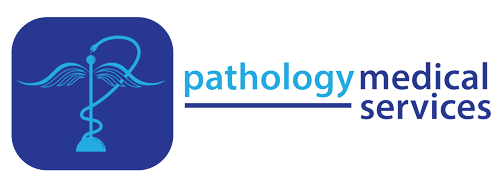Search Specimen Collection Manual
Lymph Node Biopsy-Lymphoma (Lincoln and Norfolk/Other)
See Specimen Submission Instructions for test requisition, specimen labeling and specimen packaging requirements.
Test Description
This procedure is meant for the evaluation of lymph nodes and lymphoid tissue when the possibility of lymphoma is in the differential. If lymphoma is not suspected routine specimen handling is adequate (submitted in formalin).
Pre-Surgical Instructions
Please call the PMS laboratory (402-465-1900) 24-48 hrs prior to the biopsy to help insure that all materials and media are available for all necessary steps and tests. RPMI media can be requested to be sent to your location for this procedure. Once the specimen is obtained, call the lab immediately for optimal pick-up.
Specimen Requirements
Lymph node samples should be submitted fresh so that portions may be obtained for microbiology studies, frozen section, Immunoperoxidase, and for molecular biologic studies (DNA gene rearrangement assay).
- If the biopsy is performed in Lincoln or Norfolk:
- Place fresh in a sterile container and deliver directly to Pathology Medical Services. If cultures are desired; write on tissue requisition “for culture”.
- Important: Notify someone in the laboratory that a fresh specimen has been delivered so that excessive drying artifact does not occur. The Pathologist will triage the specimen.
- If the biopsy is performed outside of Lincoln or Norfolk:
- If cultures are desired write on tissue requisition “for culture” under sterile conditions, obtain a small sample for microbiology (routine, fungus, and acid fast) and place the sample for culture into a sterile container wrapped in gauze moistened in sterile saline.
- If sufficient tissue is present, a small (0.5 cm) sample should be placed into RPMI nutrient media (if available). If not available place into sterile, normal saline solution. Seal the container and keep refrigerated until pick up. DO NOT FREEZE. This portion of the specimen (used for possible special studies) should be transported to the laboratory in a refrigerated container. Please inform the courier of this.
- Imprints of the sectioned surfaces of the node are desirable but not mandatory. Two or three slides should be air-dried after imprinting. DO NOT allow the air-dried imprints to be exposed to formalin or formalin fumes since this will render them useless for further study. These imprints must be submitted in a container, which does not contain any specimens in formalin. Even a small amount of formalin fumes in a contained space such as a transportation container will affect the imprints.
- The remainder of the lymph node should be placed into ten percent buffered formalin fixative.
IMPORTANT: Please handle the fresh lymph nodes very carefully. They are generally rather soft and easily crushed or distorted which may severely impair the ability of the pathologist to render an accurate diagnosis, particularly on lymphomas.
- Please contact a pathologist (at your location) if there are any additional questions or if any unusual procedures are required.
